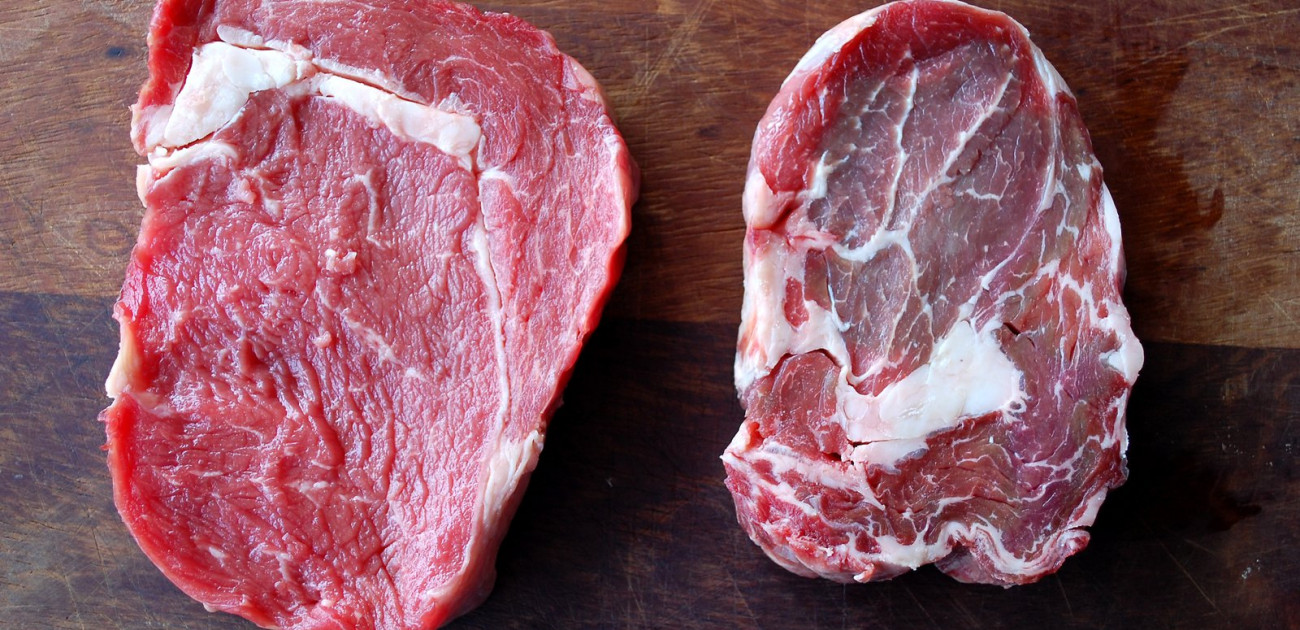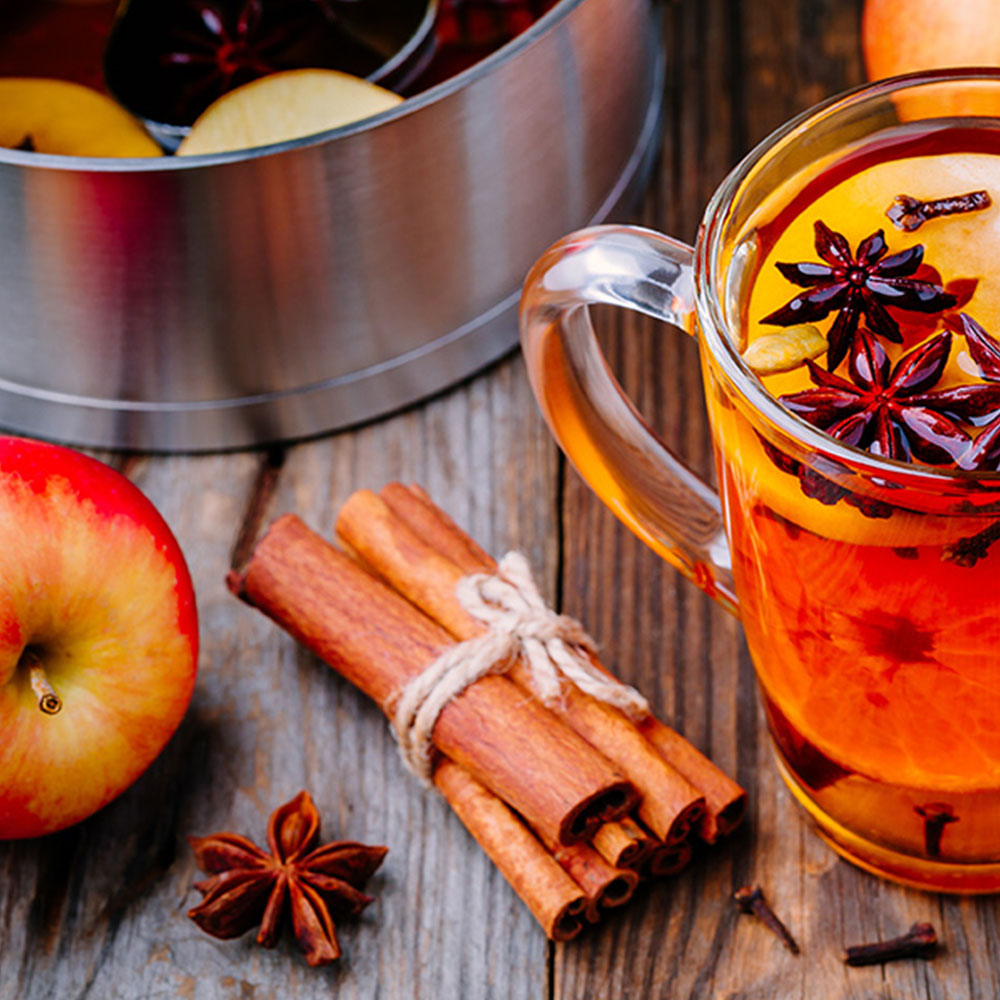15 July 2011
Some Rules For Better Beef For A Better Burger

These are some more technical thoughts on the type of beef you are after, over and above the right breed and farmer.
The key complaints about burgers are that they can be tasteless or are rubbery and/or dry. The dryness is a result of the meat being too lean, so your are looking for 15-20% of fat content, or marbling, to baste the beef during the cooking process. The rubberiness comes from a number of possible factors, including the meat being ground too fine, then packed really tightly in a machine to a pattie shape. Another possibility is the collagen level in the beef itself; there is more collagen in the muscle when it has been worked harder, so you tend to get more collagen and so toughness and gristle for cuts from the lower half of the beast or the hind legs, especially lower hind legs. As you cook meats full of collagen, the collagen contracts and becomes more rubbery, which is why these meats are best slow cooked in a stew rather than quick cooked over a grill or fried. Fortunately, these cuts tend to be the cheaper ones, so you can use the price/weight method and go for higher value cuts. Another way to reduce the rubberiness is through the ageing process (see below). Finally, there may be binders that tend to compact the shape of the pattie further as liquid escapes during the grilling and frying process, particularly if water has been injected into the meat at any stage of the preparation. As for taste, this comes from the quality of the meat - I have a rule of thumb which is simply would you eat the meat as a steak or not; if you would eat it as a steak then when ground it should still taste great. Once again ageing helps with flavour.
Age of the steak is important, as the hanging process develops the flavour and tenderises the meat. So you should ask your butcher how long the beef has been aged for. As a rule, 21 days should be the minimum and 35 days as a maximum. So what does ageing do? Firstly, moisture evaporates from the muscle, resulting in a richer and deeper umami intensity to the beef. Secondly, the beef’s natural enzymes break down the tough and rubbery collagen in the muscle, resulting in a tenderer beef. So the hanging process overcomes the key issues of collagen, excess water and flavour, which if you then merge with the idea of marbling will serve as a good guide to buying better beef for your burgers.

When choosing a steak, sirloin (short loin in US) is a fine choice due to its tasty, melt-in-the-mouth succulence. Good sirloin has just the right amount of fat and nice marbling. Rump steak (sirloin in the US) is slightly cheaper than sirloin but is still a great griddling or frying, with more depth of flavour than sirloin. However, it does tend to be slightly chewier, especially if it has not been matured properly. For more on meat cuts, see https://steenbergs.co.uk/blog/2011/07/how-to-prepare-the-meat-for-your-burger/.




